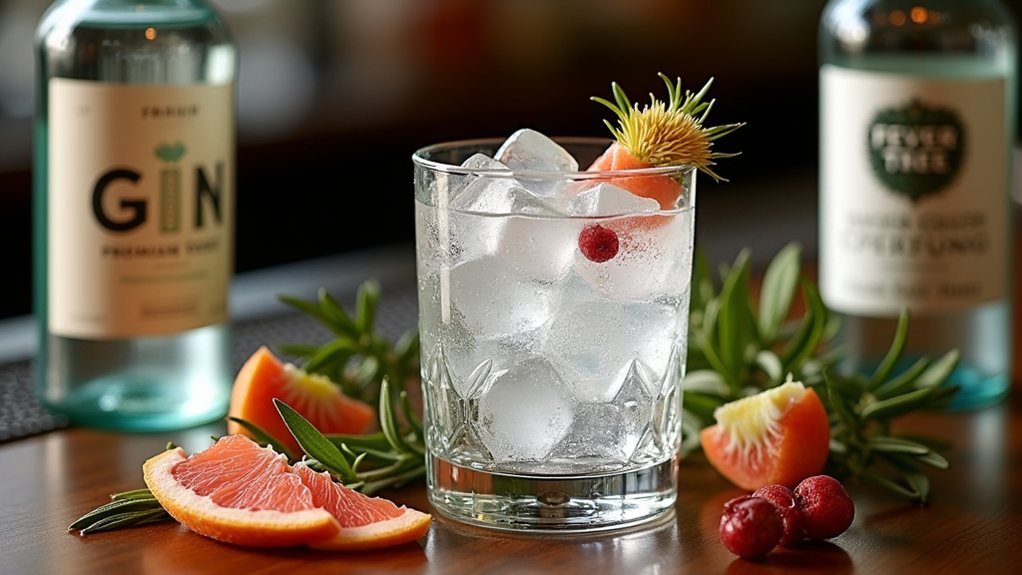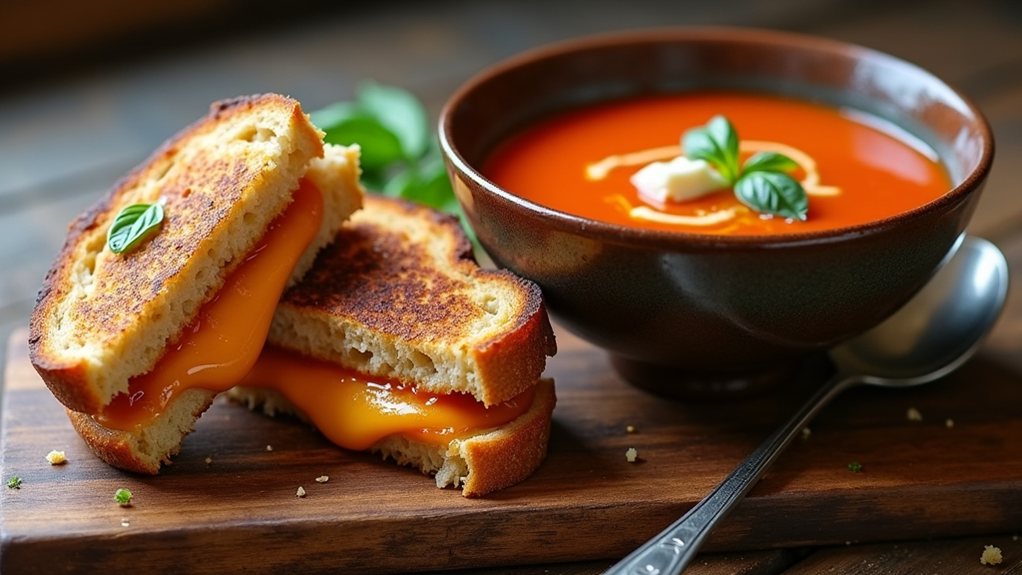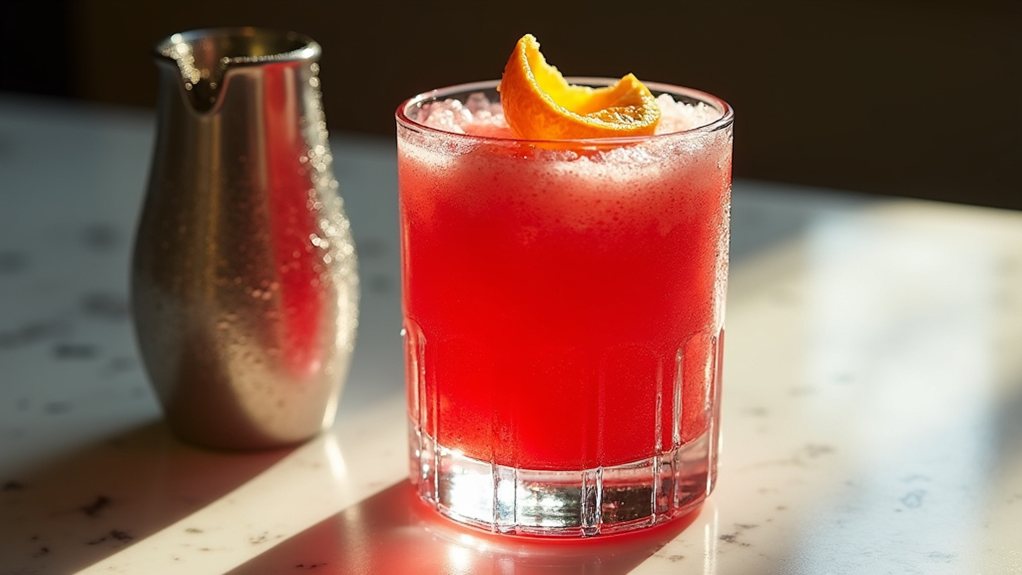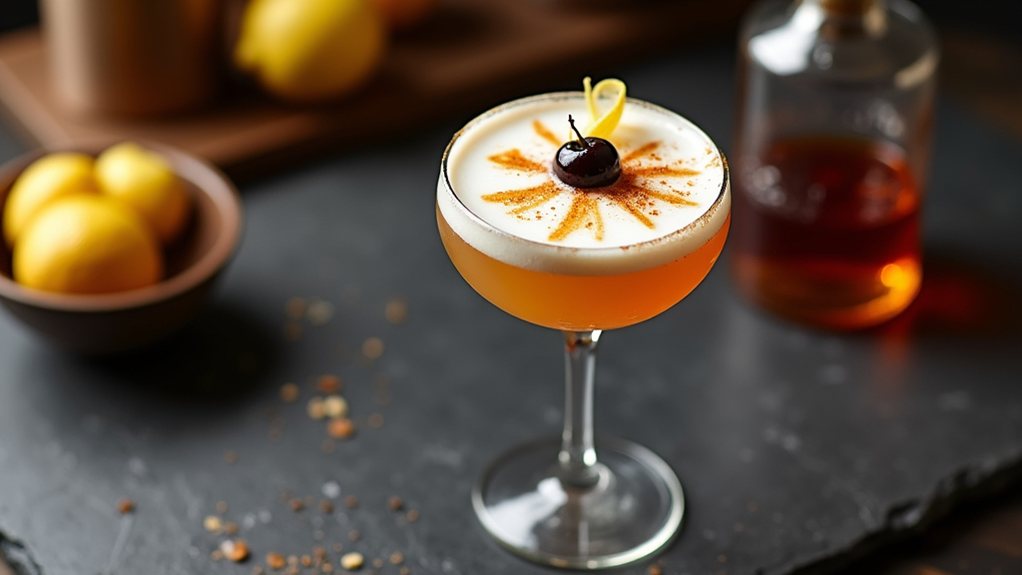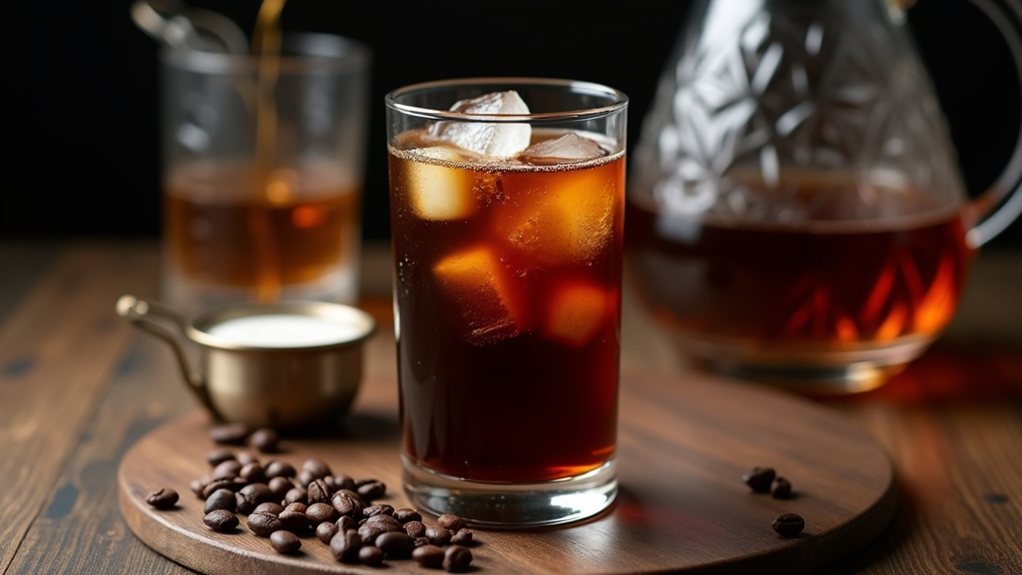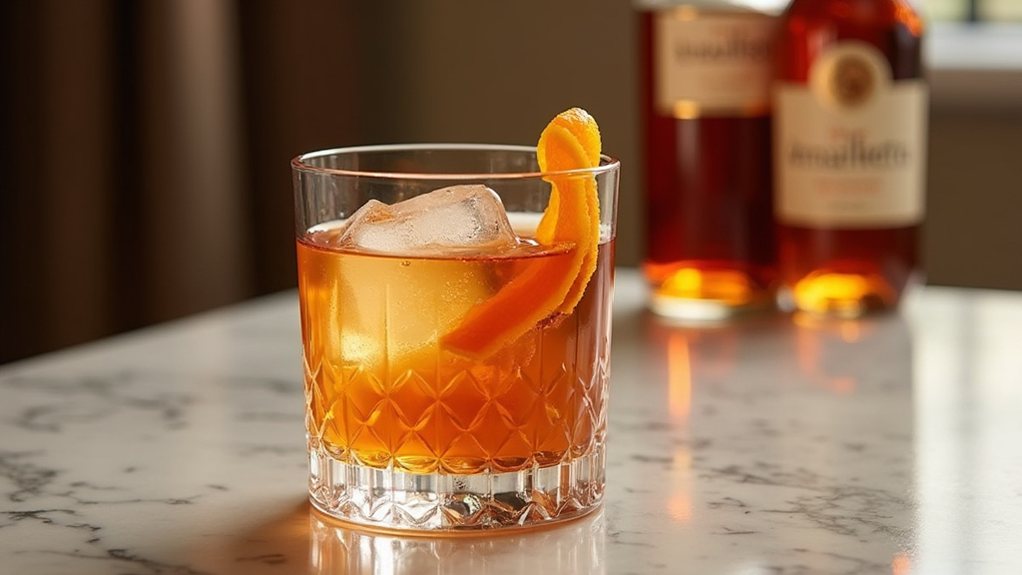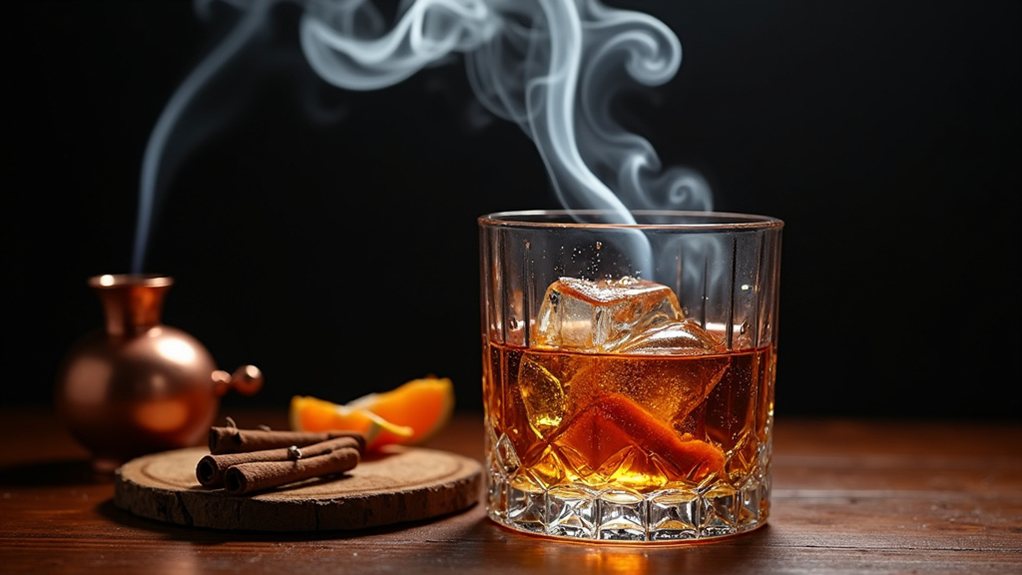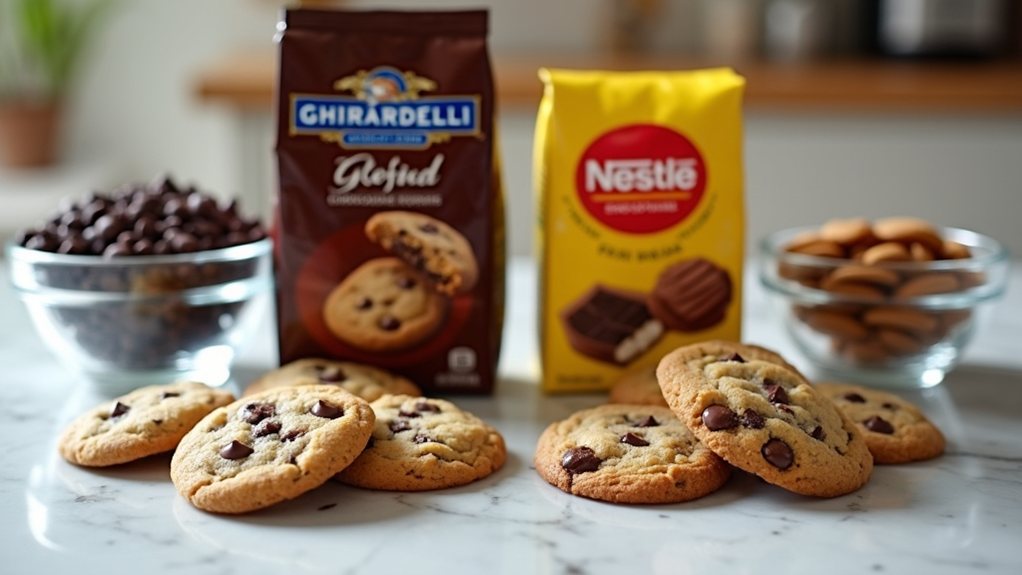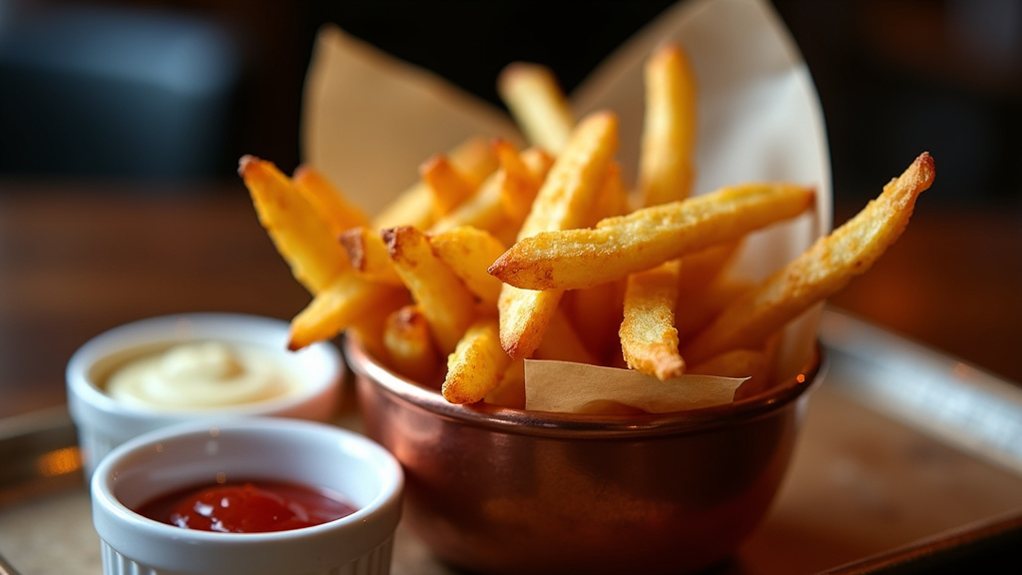The humble gin and tonic hides secrets that separate an ordinary drink from a transcendent experience. Most casual drinkers miss the subtle details that bartenders have mastered through years behind the stick. The quality of ice, the temperature of ingredients, and the precise order of assembly all contribute to a superior G&T that few experience at home. These techniques aren’t complicated, but they’re rarely shared with customers who simply order and sip without questioning what makes some versions exceptional.
The Art of the Perfect Gin and Tonic
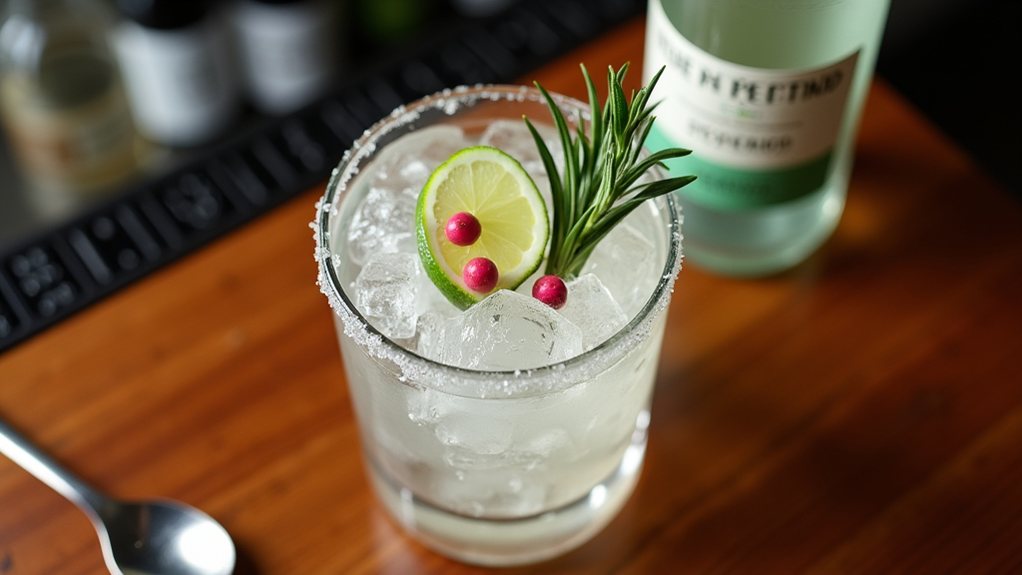
While many cocktail enthusiasts enjoy a classic gin and tonic, mastering this seemingly simple drink requires attention to several key details that can transform an ordinary beverage into an extraordinary one. The foundation begins with your choice of gin, as each variety brings its own botanical profile to the glass. London Dry offers traditional juniper notes, while citrus-based or flavored gins like raspberry can create entirely different experiences with the same mixer.
Temperature control plays a significant role that many home bartenders overlook. Professionals always chill their glasses beforehand, sometimes even placing them in the freezer, and fill them generously with ice. This prevents rapid dilution and maintains the drink’s crisp character. Some bartenders even freeze their gin bottles to guarantee the spirit stays cool during preparation.
Tonic water quality cannot be overstated. Premium brands like Fever Tree have transformed the G&T experience, offering cleaner flavors and better carbonation than mass-market alternatives. The fizz factor is vital, with professionals always using freshly opened tonic that hasn’t lost its effervescence. A ratio of 1:2 (gin to tonic) typically creates the perfect balance, allowing both components to shine without overwhelming each other. Similar to the sophisticated White Linen Cocktail, a G&T can be elevated with cucumber for added smoothness and refreshing quality.
Garnishes offer endless opportunities for customization beyond the traditional lime wedge. Bartenders often combine fresh herbs like rosemary with fruits such as grapefruit, creating aromatic complexity that complements the gin’s botanicals. More adventurous additions include pink peppercorns, cucumber ribbons, or even edible flowers like rose petals for visual appeal. Creative options like a roasted pineapple wheel can add a caramelized sweetness that beautifully contrasts with the botanical sharpness of the gin.
Glassware selection matters more than most realize. The Spanish-style copa glass, with its large bowl and stem, has become the vessel of choice among connoisseurs. This design concentrates aromas while keeping hands away from the glass, preventing unwanted warming. Many professionals prefer smaller tumblers around 14 ounces rather than oversized gin balloons that can dilute the drink’s flavors. Similar to the fat-washing technique used with cacao butter and whiskey, some innovative bartenders are now experimenting with fat-washed gins to add unique texture and mouthfeel to their G&Ts.
Regarding preparation, bartenders build the drink deliberately: ice first, then gin, followed by tonic poured gently down a bar spoon to preserve carbonation. These subtle techniques raise a simple G&T into something truly special.
